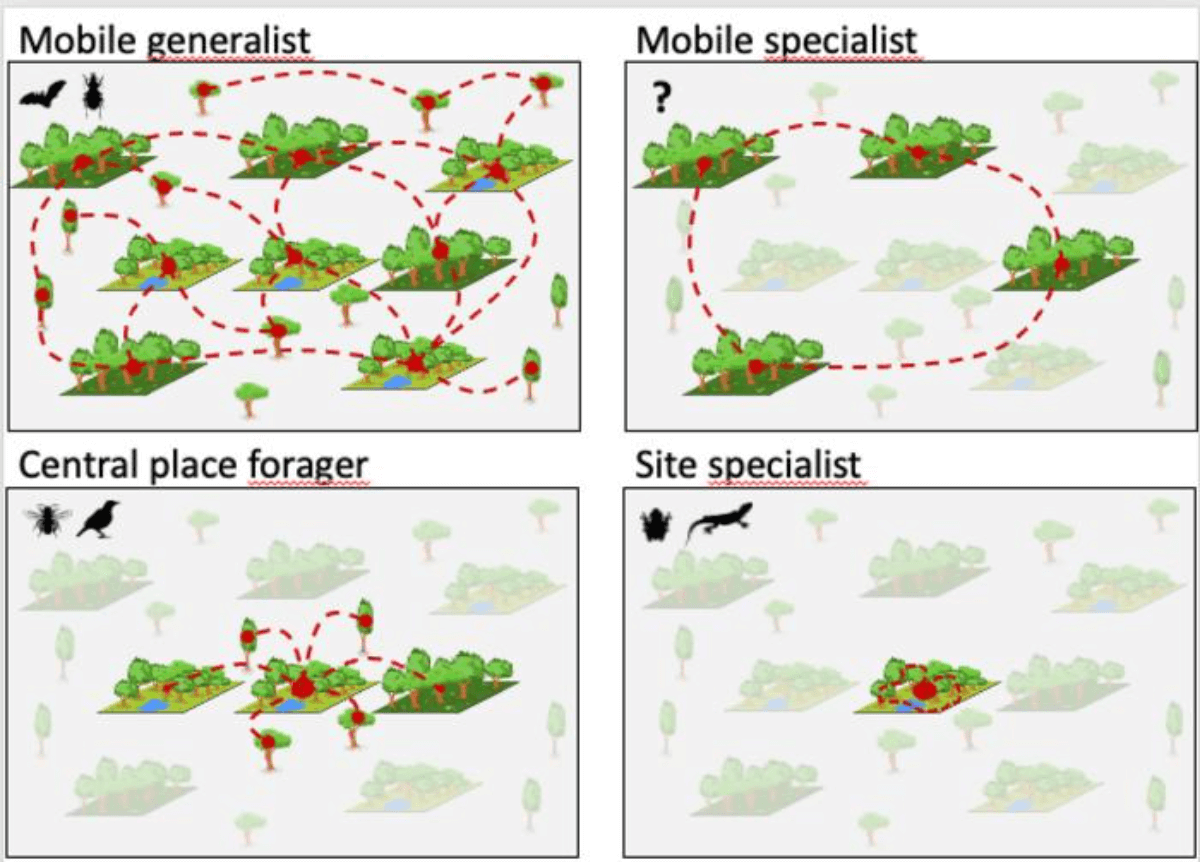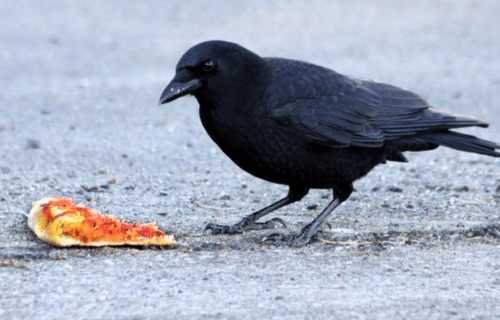ITHACA, N.Y. — Adapting to city life is not easy for many humans, let alone wildlife. A new study by researchers in the Cornell Lab of Ornithology’s eBird program sheds light on birds and other animals’ need to be less picky to survive in an urban environment. A worldwide consortium of scientists calls the resulting collection of traits an “Urban Trait Syndrome.” Among the most noticeable adaptations in city-dwelling organisms are changes in reproduction and feeding habits.
“City birds tend to be smaller, eat a wider variety of foods, and produce smaller clutches than their rural counterparts,” says Frank La Sorte, study co-author and a researcher at the Cornell Lab, in a university release. “Smaller clutch sizes in urban birds have been associated with higher survival rates and increased growth.”
However, not all species exhibit the same response to urban living. Birds, beetles, and reptiles typically showcase smaller body sizes in highly urbanized areas. While ground beetles increase mobility, birds and reptiles show decreased mobility in such environments. Mobility plays a pivotal role in foraging habits, and the study identifies four distinct types of foraging behavior among urban creatures, as illustrated in the graphic. Birds and bees, for instance, operate as “central place foragers,” returning to a base for food.
“The most common dietary strategy for urban birds is to be a generalist, consuming a variety of foods instead of specializing,” explains La Sorte, citing species like the Rock Pigeon, European Starling, and House Sparrow as prime examples.
However, the shift toward dietary generalism contributes to a decline in biodiversity within cities, homogenizing species compositions. Biodiversity, vital for ecosystem health, dwindles as specialists fade away.

As urban populations surge and cities expand, the field of urban ecology gains prominence. The challenge lies in the scarcity of comprehensive ecological data from urban areas. Citizen-science initiatives, like eBird, which involve volunteers in cataloging natural observations, offer promise in bridging this information gap.
“Preserving habitat is paramount,” emphasizes La Sorte.
The study author advocates for supporting ecosystems through tactics like expanding parks, nurturing green spaces, and providing artificial nesting resources. Such approaches foster urban conservation that caters to a diverse range of species, maintaining a harmonious balance between nature and urban living.
The study is published in the journal Nature Communications.

